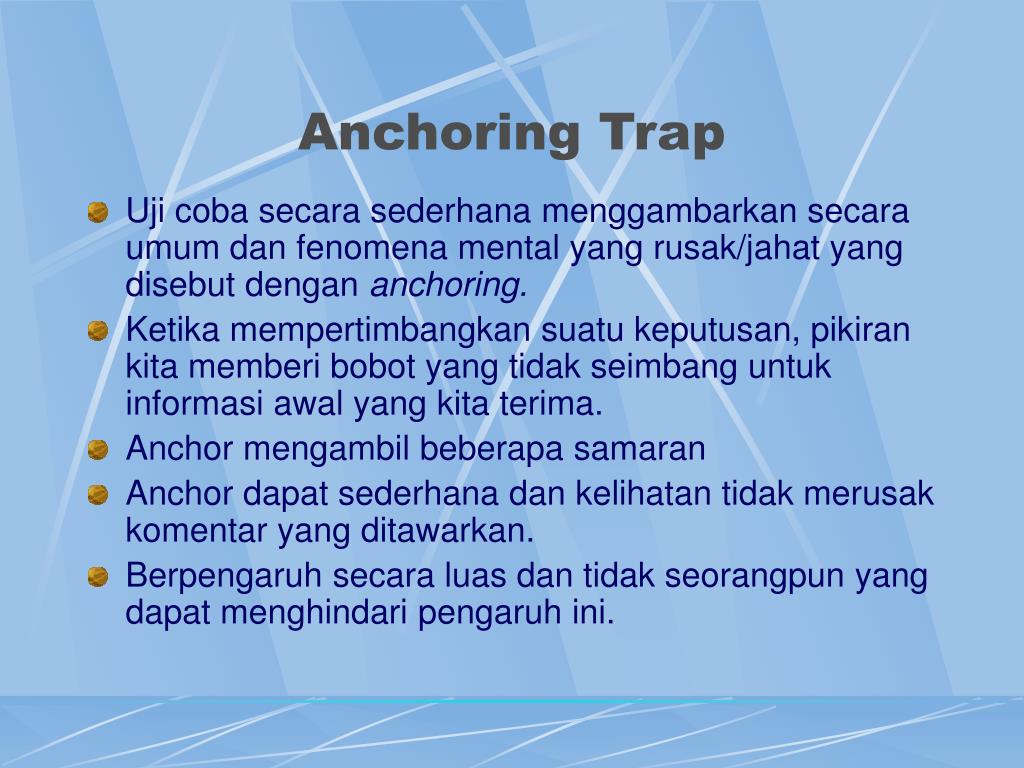

The problems are identical – the numbers are just reversed. The answers to the two problems are, of course, the same. The other group was asked to solve this problem: 8 x 7 x 6 x 5 x 4 x 3 x 2 x 1. One group was asked to solve the following problem: 1 x 2 x 3 x 4 x 5 x 6 x 7 x 8. In the article, Kahneman and Tversky describe an anchoring bias experiment that challenged two groups of high school students to complete a lengthy multiplication problem. In 1974, psychologists Amos Tversky and Daniel Kahneman published a research article titled “ Judgment under Uncertainty: Heuristics and Biases.” This article documented the first clinical evidence of the anchoring effect.Īmos Tversy and Daniel Kahneman – Image courtesy of Time Magazine When anchoring works against you, it’s increasingly difficult to do so.īefore diving into how the anchoring effect can help or hurt your business, let’s look at how it works. When anchoring works for you, it becomes easier to market your company’s products or services.

It’s one of the most important effects of cognitive psychology. The anchoring effect can work for you or against you. Why should you care that anchoring affects people’s decision-making? Anchoring is one of the most fundamental principles of marketing psychology. Instead, people tend to unconsciously latch onto the first fact they hear, basing their decision-making on that fact… whether it’s accurate or not.
#The anchoring trap full
And, they rarely take the time to learn the full facts before taking action. People frequently act illogically, making their behavior difficult to predict.

A decision made on the wrong interpretation may lead to unintended consequences.Marketers, entrepreneurs, and business owners assume that most people make decisions by conducting research and then weighing the options.īut, that’s not how most people make decisions.

There are times when decisions are made that relate to very narrow or specific elements of the situation, such as a particular cue or goal. The operational context is complex and there may be a requirement to make decisions on a wide variety of issues.


 0 kommentar(er)
0 kommentar(er)
